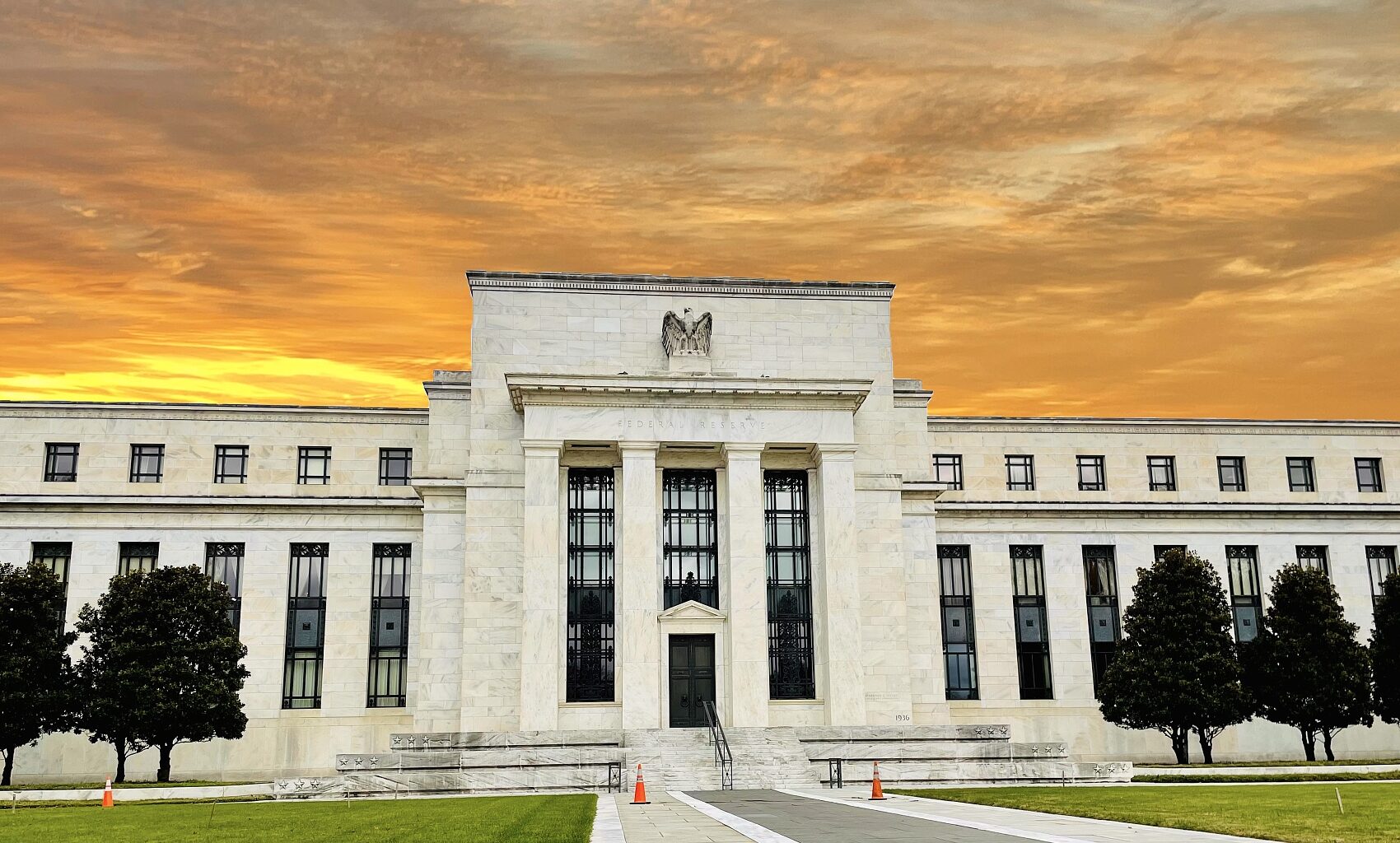Milan advocates for quickly reaching a neutral interest rate through significant rate cuts, but its policy rationale has faced widespread skepticism on Wall Street. Economists from institutions such as JPMorgan have directly pointed out that its arguments are “questionable and unconvincing,” while the latest economic data also fails to support its aggressive stance.
Federal Reserve Governor Stephen Miran may still hope to persuade his central bank colleagues to implement significant interest rate cuts, but Wall Street remains unconvinced.
Economists were dismissive of Miran’s first major policy speech. In it, he argued that the Trump administration’s policies on trade, immigration, taxation, and regulation had significantly reduced the interest rate levels required to guard against inflation. Miran pointed out that this implies the Fed’s current benchmark interest rate is notably too high, with policymakers failing to recognize this fundamental shift in a timely manner.
 JPMorgan economist Michael Feroli wrote in a client note: “We find parts of his argument questionable, other parts incomplete, and almost entirely unconvincing.”
JPMorgan economist Michael Feroli wrote in a client note: “We find parts of his argument questionable, other parts incomplete, and almost entirely unconvincing.”
In explaining the factors behind the decline in the neutral interest rate, Miran emphasized that “the current degree of policy tightening is far greater than market perception.” He warned that failure by the Fed to cut rates quickly could jeopardize the economy.
Miran was confirmed as a Fed governor just in time for the central bank’s September 16-17 policy meeting, where policymakers implemented their first rate cut of the year, lowering rates by 25 basis points. Miran, however, advocated for a more aggressive 50-basis-point reduction, which he articulated through his first public speech last week.
In a speech at the Economic Club of New York on September 22, Miran called for rapidly achieving a neutral policy stance through an unconventional large-scale interest rate cut. He indicated that if necessary to maintain his position, he might continue to cast dissenting votes in future policy meetings.
This speech immediately positioned Miran as a dissenter within the central banking system—he previously served as a senior economic advisor in the White House and was nominated by Trump to fill a vacancy on the Federal Reserve Board. Despite inflation remaining well above the 2% target, signs of weakness in the labor market prompted the Fed to decide on a rate cut this month.
Following the policy meeting, most policymakers remained cautious about further rate cuts, let alone consecutive substantial adjustments. St. Louis Fed President James Bullard emphasized the limited room for easing amid persistently high inflation, while San Francisco Fed President Mary Daly, though supportive of further cuts, refrained from providing a clear timeline.
Data released last Wednesday showed that U.S. economic growth in the second quarter hit its highest level in nearly two years, reinforcing policymakers’ cautious stance. The same day, September business equipment orders and goods trade deficit data signaled positive momentum for third-quarter growth, while initial jobless claims fell to their lowest level since mid-July.
Bloomberg Economics noted: ‘With inflation persisting above target for over four years and market expectations indicating high inflation alongside moderate unemployment rates in the coming years, Milan bears the burden of proof for advocating extreme monetary easing.’
Even so, Milan reiterated his stance in two televised interviews last Thursday, arguing that delayed action by the Federal Reserve could harm the economy, while outlining a path to achieving neutral interest rates through ‘successive multiple’ 50-basis-point rate cuts.
The latest report released last Friday showed robust growth in consumer spending in August, while the core inflation indicator favored by the Fed remained stubbornly at 2.9%, nearly a full percentage point above the central bank’s target. Chief Economist Carl B. Weinberg of High-Frequency Economics remarked after the data release: ‘This report offers no support whatsoever for Stephen Milan’s recommendation of immediate and substantial rate cuts; in fact, the data does not justify any monetary easing measures.’
Not all economists outright reject Milan’s perspective. Neil Dutta, Head of Economics at Renaissance Macro Research, believes that the neutral interest rate may be slightly lower than the Fed’s estimates and acknowledges that policy is indeed restrictive, but he questions Milan’s assertion of a zero neutral rate. ‘If the actual neutral rate were zero as he claims, the economy and financial markets would have already collapsed—this notion of a golden era coexisting with a zero neutral rate is difficult to reconcile.’
Editor/Doris
